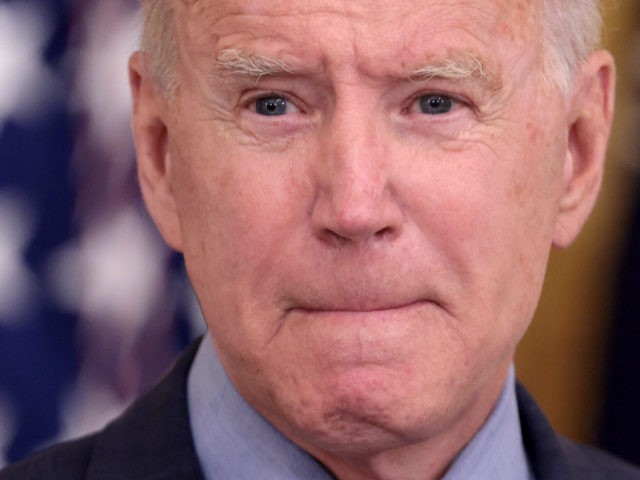The great used car inflation of 2021 has slowed down, but inflation is still rising in less volatile categories of consumer goods and services, data from the Bureau of Labor Statistics showed Wednesday.
The Biden administration and Fed chair Jerome Powell last month argued that a lot of the much higher than expected inflation was due to a few items that had seen extremely rapid price increases. Used cars, which rose 7.3 percent in May and 10 percent in June, were the favorite example.
This formed a key part of the argument that inflation would prove “transitory,” meaning it would diminish after a few months and not lead to a sustained acceleration in price hikes. (Note that they weren’t arguing prices would come down — although those used car prices probably will fall, most prices will get stuck at permanently higher levels — just that prices would not keep rising at an accelerated pace.)
So when the Consumer Price Index (CPI) for used cars gained only 0.2 percent in July, this was declared as a sign inflation was “moderating.” Other categories that had jumped much higher also either slowed or reversed. Car rental prices — up 12.1 percent in May versus April and another 5.2 percent in June — fell 4.6 percent. Apparel prices were flat for the month. Airfares fell by 0.1 percent.
But the White House and the Fed should be careful about declaring “mission accomplished” when it comes to inflation. Because while the extreme price movements in some items may have peaked in May and June, inflation seems to be broadening out and in the process is likely becoming stickier.
As a team of economists at the Dallas Fed recently explained, “narrowly based, extreme price surges often reflect supply/demand imbalances that can potentially affect prices for a broader range of goods and services. While these imbalances initially show up in PCE components with more flexible, faster-moving prices, they eventually bleed into more-moderate increases in a broader range of slower-moving prices.”
Evidence that this is happening now can be seen by looking at two inflation calculations from the Cleveland Fed that attempt to look past the moves at the extremes. The median CPI change was 0.3 percent for the month and 2.3 percent annually, both up from the prior month. The “16% Trimmed Mean CPI”— which ignores prices that move at the extremes — rose 0.4 percent month-over-month, down slightly from June, and is up three percent annually, a tick above June.
In other words, what we saw in July’s CPI was not just a fading or moderating of inflation but a horizontal expansion.
What’s more, particularly stubborn price hikes continued. Housing costs, for example, climbed, with rent rising 0.16 and owners-equivalent of rent climbing 0.29 percent. Prices for professional service jumped 0.4 percent and hospital prices rose 0.5 percent.
“Bottom line, this report shows persistent inflation holding firm while transitory inflation ebbed and is likely to soften further going forward,” analysts of Bank of America assert.

COMMENTS
Please let us know if you're having issues with commenting.